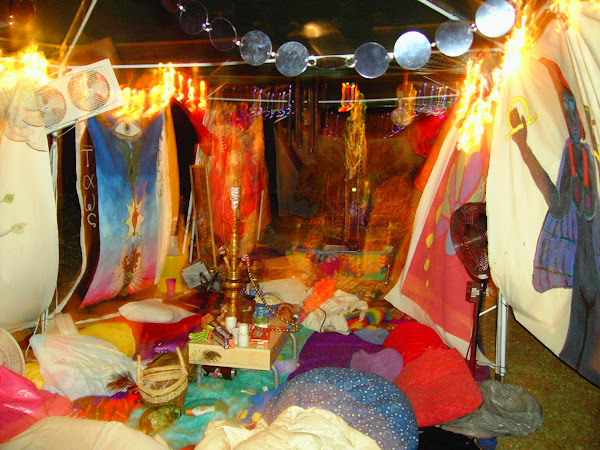"Hill House", which was Ettington Hall at the time but is now the Ettington Park Hotel.
The premise is an old one: a team of psychic investigators spend the night in a haunted house. But the film (as well as the novel) transcends the stock plot with memorable characters, among which we must include Hill House itself. Filmed in gloriously crepuscular black & white, with some exterior shots completed with infra-red film, The Haunting is claustrophobic, obsessive and gothic without losing is sharp, understated edge. Mousy, awkward protagonist Eleanor Lance (Julie Harris) is seduced by Hill House, its own madness inciting and exacerbating hers. She is drawn into its secret center even as it fills her with dread, just as we are.
It is a tribute to Robert Wise that he was able to use less to make more of an impact. We are frightened by what remains unseen, leaving our imaginations to fill in the blanks. What we hear at times is unsettling and suggestive, more so because it is also muffled and abstract. Humphrey Searle’s score is, by turns, bewitching and chilling, an ideal complement to this shadow-play. Precious few special effects are involved, quite different from the abysmal 1999 remake coughed up by Jan De Bont.
Unlike vintage radio drama, it is hard for film to engage the theater of the mind with the intensity that The Haunting does. It draws us into the shadows where we may hear or feel but seldom see. It invites us to plumb our own darkness and to summon our own ghosts. In doing so, it’s as subtly disturbing as our minds will let it be.


No comments:
Post a Comment